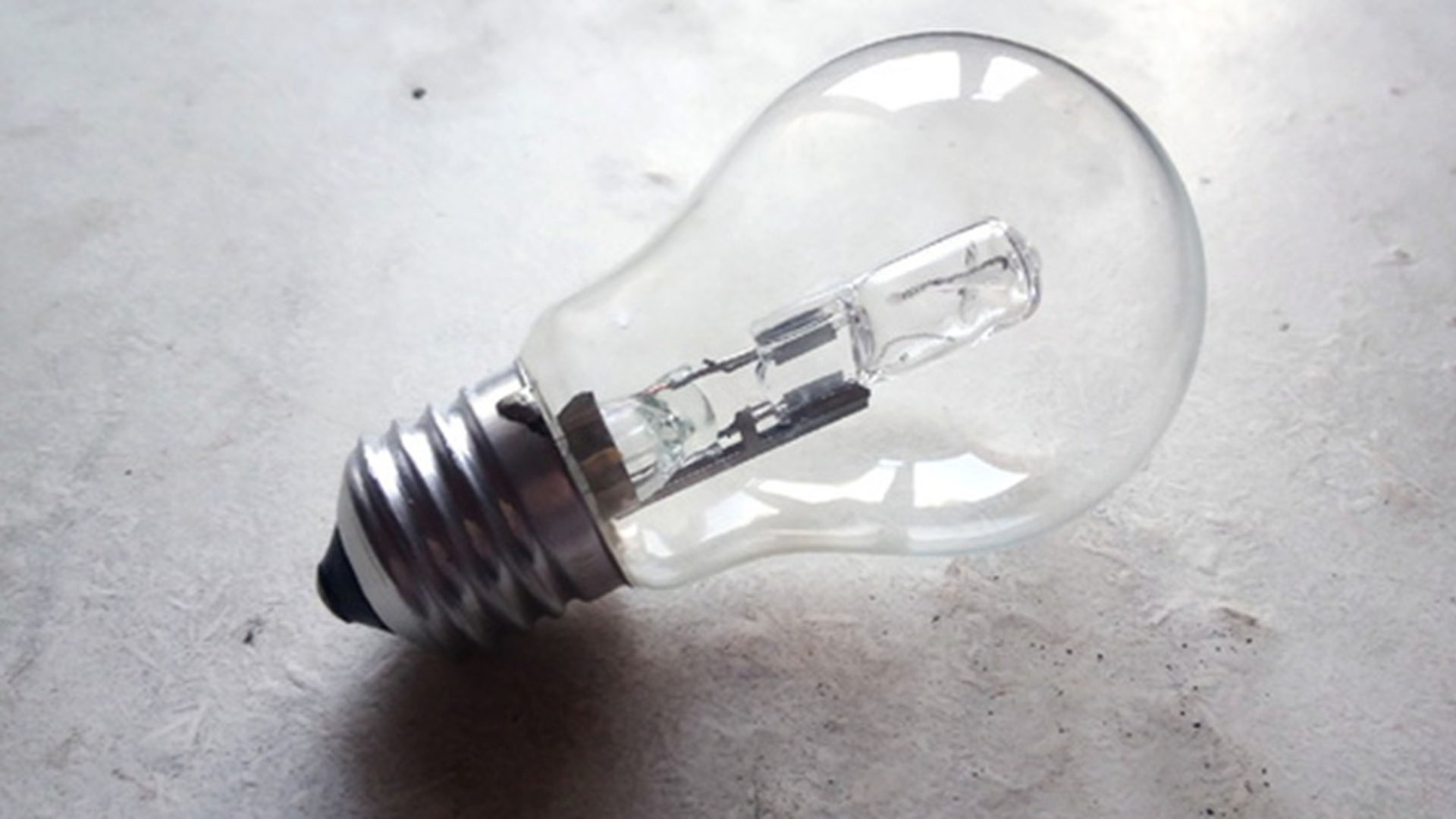Posted 31 июля 2023, 09:59
Published 31 июля 2023, 09:59
Modified 31 июля 2023, 21:29
Updated 31 июля 2023, 21:29

America cancels «Ilyich's light bulbs». But in Russia people know how to circumvent the ban
On August 1, a complete ban on the sale of incandescent lamps is introduced in the United States. Actually, prohibitive measures were introduced a long time ago, but the previous president Donald Trump froze their implementation. Now Biden has «unfrozen.» The new standards require that the minimum efficiency of a light bulb is 45 lumens per watt. With all the making, an incandescent lamp cannot show such efficiency — all 15 lumens per watt, a more modern halogen one has 25 lumens. This technology is also banned. In the United States, it is hoped that energy savings due to light bulbs will reduce carbon emissions into the atmosphere by 222 million tons. And more economical light bulbs will save about $3 billion.
What's wrong with incandescent bulbs
The problem is that this is an old technology. Engineers have long come up with more efficient lamps that consume less energy and work longer. The main competitor of incandescent lamps is LED lamps. They are 2-3 times more expensive. But they can work for years, whereas an incandescent lamp burns out at the most inopportune moment. Another effect is energy consumption. Depending on the electricity tariff, diodes can be 3-4 times cheaper to operate. Over a long distance, the difference in the price of a light bulb is covered by a reduction in electricity costs.
And how in Russia?
Incandescent lamps have been abandoned all over the world in recent years: Europe, North America, Latin America, even countries in Africa and Asia declare the transition to energy-efficient light bulbs. Sometimes adjusted for local peculiarities. For example, in India there is a program that is designed to make a leap in time and replace kerosene lamps with diode lamps in everyday life.
In Russia, for the first time, incandescent lamps were officially talked about back in 2006. Then the authorities introduced quotas for the import of imported incandescent lamps. It was believed that the main beneficiary of this measure was the V.A.V.S. holding. In three years, this structure occupied 70% of the lamp production market in Russia. However, in May 2009, the holding was declared bankrupt.
Later, Dmitry Medvedev became the headliner of the lamp theme, who in 2009 proposed to introduce a ban on the sale of incandescent lamps. At about the same time, such a ban was introduced in Europe. There were two years between word and deed, in 2011, already as prime minister, Medvedev imposed a ban on the sale of light bulbs more powerful than 100 watts. Interestingly, then Mikhail Prokhorov invested in the production of energy-saving light bulbs.
The market reacted to the ban in an interesting way. 100-watt light bulbs have not disappeared from store shelves. They turned into 95 watt bulbs. Everything was absolutely legal and the manufacturers did not even have to change the parameters of the product, because the technical regulations allow an error of 10 watts. Powerful light bulbs of 150, 200 and 300 watts were not lost either. But now they are called «infrared emitters». They also produce heat, and light is a side effect.
The last time the «Ilyich bulbs» were officially talked about in Russia was in 2017, when the Ministry of Energy proposed to limit or ban the turnover of incandescent lamps to 70-50 watts. This could save the country more than 3 billion rubles. But then the idea was not supported by the deputies of the State Duma.
Now, apparently, the topic of light bulbs in Russia has moved into an evolutionary channel. In 2021, the share of energy-saving devices in our chandeliers and lamps exceeded 50%. People themselves have realized the advantages of diodes and are gradually switching to them. However, there are still questions about import substitution. In the same year 2021, Russia produced 3.5 times less light bulbs than it imported. In the case of LED devices, the statistics were even more depressing for one domestic bulb there were 62 imported ones. But on the other hand, this area was almost not affected by sanctions, because 70% of supplies come from China.